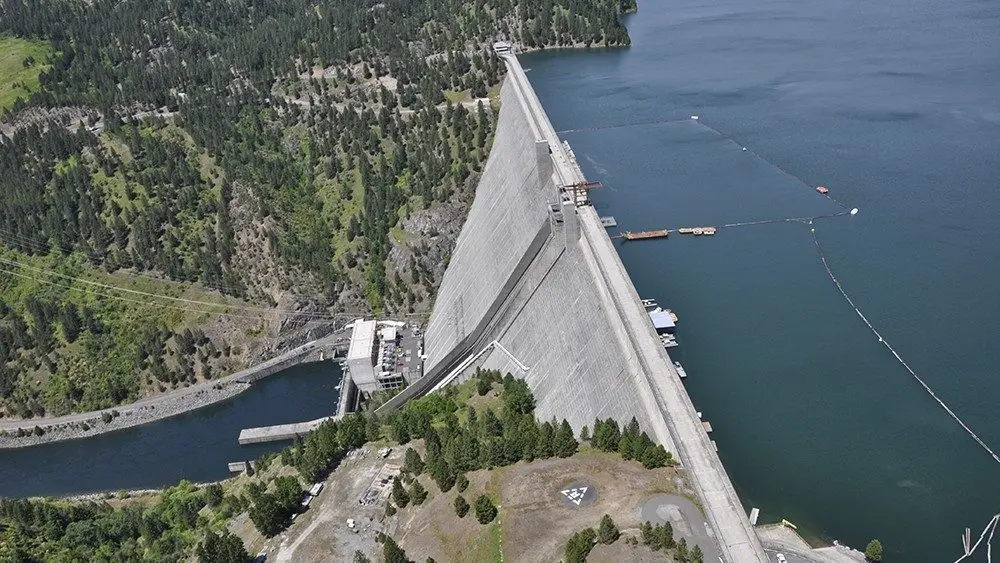LEWISTON, ID – As temperatures rise sharply during this week’s heat wave, electricity demand is increasing across the Pacific Northwest. To meet this surge, power providers are relying heavily on hydropower, which offers the ability to quickly activate turbines and provide immediate energy supply and grid stability.
The U.S. Army Corps of Engineers (USACE) manages multiple hydroelectric facilities throughout the region, producing reliable electricity marketed at low cost through the Bonneville Power Administration (BPA). BPA primarily supplies public utility districts in the Pacific Northwest and sells any surplus power to other utilities and western markets.
Dams in the Columbia River Basin generate more electricity than any other river system in North America, accounting for nearly 60 percent of the Northwest’s electricity and approximately 90 percent of its renewable energy.
USACE hydropower facilities and their capacities include:
-
Portland area: Bonneville Dam (1,340 megawatts), The Dalles Dam (1,967 megawatts), John Day Dam (2,480 megawatts)
-
Eugene and Salem, Ore.: eight dams with a combined capacity of 504 megawatts
-
Medford, Ore.: Lost Creek Dam (60 megawatts)
-
Spokane, Wash.: Albeni Falls Dam (49 megawatts)
-
Central Washington: Chief Joseph Dam (2,613 megawatts)
-
Eastern Washington: McNary (1,127 megawatts), Ice Harbor (687 megawatts), Lower Monumental (930 megawatts), Little Goose (930 megawatts), Lower Granite (930 megawatts)
-
Orofino, Idaho: Dworshak Dam (459 megawatts)
-
Northwestern Montana: Libby Dam (604 megawatts)
Across the United States, USACE hydropower facilities generate over 70 billion kilowatt-hours annually—enough energy to power ten cities the size of Seattle.
Officials say revenue from hydropower operations is used to repay original construction costs and support ongoing operation, maintenance, and modernization of infrastructure.
